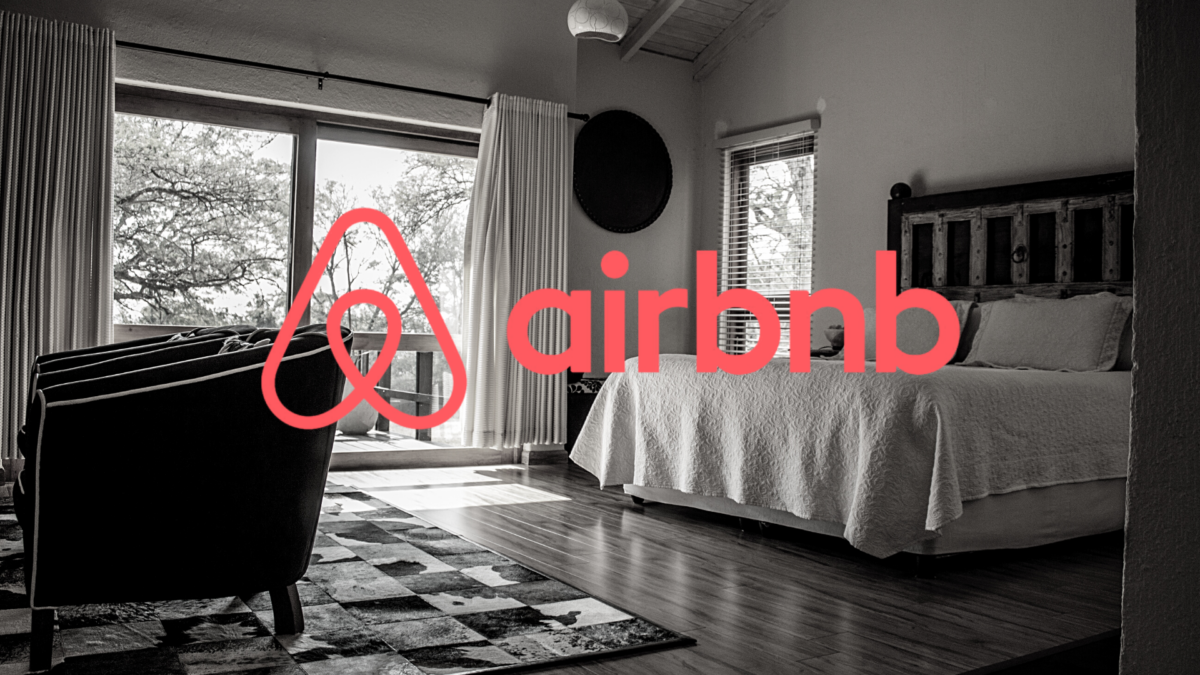No products in the cart.

Leadership Failures of Global Humanitarian Aid
Humanitarian leadership stands at the crossroads of crisis and hope, where decisions shape the survival and dignity of millions. Yet, despite the vast networks of international aid, deep fractures remain in the systems meant to alleviate suffering. The gap between intention and impact is often widened by leadership failures that perpetuate inefficiencies, inequities, and missed opportunities. These failures are not simply errors in execution but foundational weaknesses in the very structures governing humanitarian response—shortcomings that result in preventable suffering, misallocation of resources, and the marginalization of those most affected by crises.
At the heart of the problem lies a pattern of systemic neglect, where global leadership frequently prioritizes centralized control over localized solutions, bureaucratic procedures over urgent responsiveness, and political interests over humanitarian imperatives. The result is a landscape where well-funded initiatives falter due to mismanagement, where frontline responders are left unsupported, and where the voices of those in need are drowned out by competing agendas.
IMAGE CREDIT: devex.shorthandstories.com
This analysis examines the cracks in the foundation of humanitarian leadership, identifying the patterns of dysfunction that continue to hinder progress. While the symptoms of these failures are visible in every unfolding crisis, the deeper issues often remain unaddressed. Without confronting these fundamental weaknesses, the humanitarian sector risks perpetuating the very suffering it seeks to alleviate.
- Failures of Leadership and Strategic Direction
- Lack of Vision and Coordination: The humanitarian system appears to be reactive rather than proactive, struggling to articulate its relevance and effectively navigate a fragmented global landscape. The focus on buzzwords like “efficiency” and “value for money” signals a defensive posture rather than a forward-looking strategy.
- Token Promises without Structural Change: Leadership’s reliance on efficiency drives and anti-bureaucracy rhetoric often fails to translate into meaningful improvements. Promises of reform, such as the Grand Bargain, have repeatedly under-delivered, eroding trust within and outside the sector.
- Politicization of Aid: Leadership has not effectively addressed the growing politicization of aid funding. Dependence on a narrow donor base, particularly the United States, leaves humanitarian organizations vulnerable to political volatility, such as Trump’s return and the global rise of right-wing, inward-looking administrations.
- Imbalanced Power Dynamics
- Marginalization of Local Actors: Despite rhetoric around “localization,” local humanitarian groups remain underfunded and undervalued, despite evidence of their cost-effectiveness (e.g., 32% more efficient in Ukraine). International agencies often monopolize resources, credibility, and decision-making authority.
- Token Support for Mutual Aid: While grassroots efforts like Sudan’s Emergency Response Rooms (ERRs) demonstrate success, global agencies often co-opt or tokenize these initiatives rather than providing substantive support. This creates an impression of leveraging grassroots credibility without fostering genuine empowerment or equitable partnerships.
- Duty of Care Failures
- Neglect of Frontline Staff: The humanitarian sector exhibits significant inequities in duty-of-care standards. Local staff and organizations, who bear the brunt of frontline risks, often lack basic protections like evacuation plans and insurance, leading to the perception of their disposability. This double standard underscores a lack of genuine commitment to safeguarding those most exposed to danger.
- Mental Health and Long-Term Support: The absence of comprehensive mental health support for aid workers reflects a failure to recognize the human cost of humanitarian work. High-profile cases, such as the Steve Dennis lawsuit, highlight systemic gaps in duty of care, yet meaningful change remains slow.
- Inadequate Adaptation to Climate and Conflict Challenges
- Fragmented Approaches: Humanitarian leadership has failed to adequately integrate climate, conflict, and development efforts, perpetuating a siloed approach. Theoretical discussions on the “nexus” between these sectors often lack actionable frameworks and tangible results.
- Missed Opportunities in Climate Finance: While seeking access to climate funding, humanitarian leaders have not sufficiently demonstrated their unique value or articulated how they can prevent exacerbating local tensions. This undermines trust among donors and local communities alike.
- Inequitable and Ineffective Aid Allocation
- Earmarked Funding and Political Bias: Donor preferences for “favored emergencies” perpetuate inequalities, leaving vulnerable populations in less politically palatable regions underserved. For example, communities governed by authorities estranged from Western donors are routinely overlooked.
- Disproportionate Cuts to Women and Girls’ Services: Systematic funding cuts disproportionately affect services for women and girls, reflecting a lack of prioritization for gender equity despite its critical role in building resilient communities.
- Perpetuation of Systemic Inequities
- Lip Service to Localization: Localization efforts are undermined by superficial implementation. Global agencies maintain hierarchical power structures, focusing on meeting their operational needs rather than addressing inequities in resource distribution and decision-making power.
- Lack of Accountability for Donors and Agencies: The humanitarian sector has failed to hold itself or its donors accountable for underperformance, impunity, and double standards in aid delivery. For instance, governments supporting Israel have largely ignored its role in aid worker killings, highlighting a glaring lack of policy consistency.
Recommendations for Leadership and Reform
- Shift Power Dynamics: Establish equitable partnerships with local actors by decentralizing decision-making and ensuring direct, sustainable funding for local and grassroots organizations.
- Reinforce Duty of Care: Develop enforceable global standards for protecting and supporting all aid workers, particularly local staff. Integrate mental health support and long-term recovery plans as core elements of humanitarian operations.
- Rethink Funding Models: Diversify the donor base to reduce reliance on politically volatile funding sources. Advocate for funding mechanisms that prioritize need and equity over political agendas.
- Integrate Climate, Conflict, and Development Strategies: Move beyond theoretical discussions by implementing coordinated, cross-sectoral programming that addresses the interlinked challenges of climate change, conflict, and development.
- Foster Accountability and Transparency: Implement stronger accountability mechanisms for both donors and aid agencies. Publicly disclose funding allocations and their alignment with equity goals to rebuild trust.
By addressing these failures, global humanitarian leadership can realign its mission to better serve the needs of the world’s most vulnerable populations while restoring credibility and relevance in a changing global landscape.







